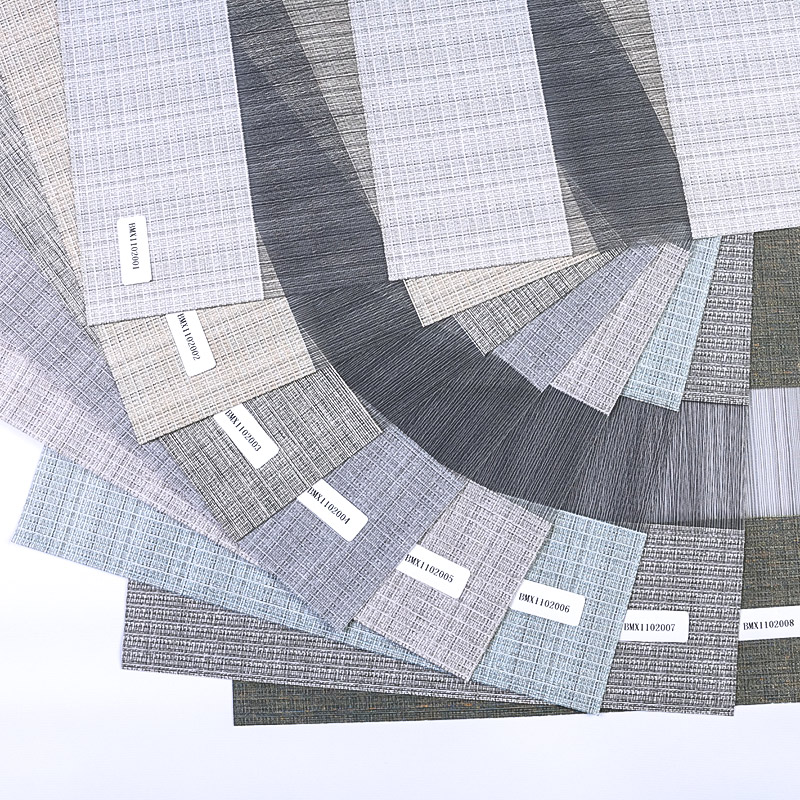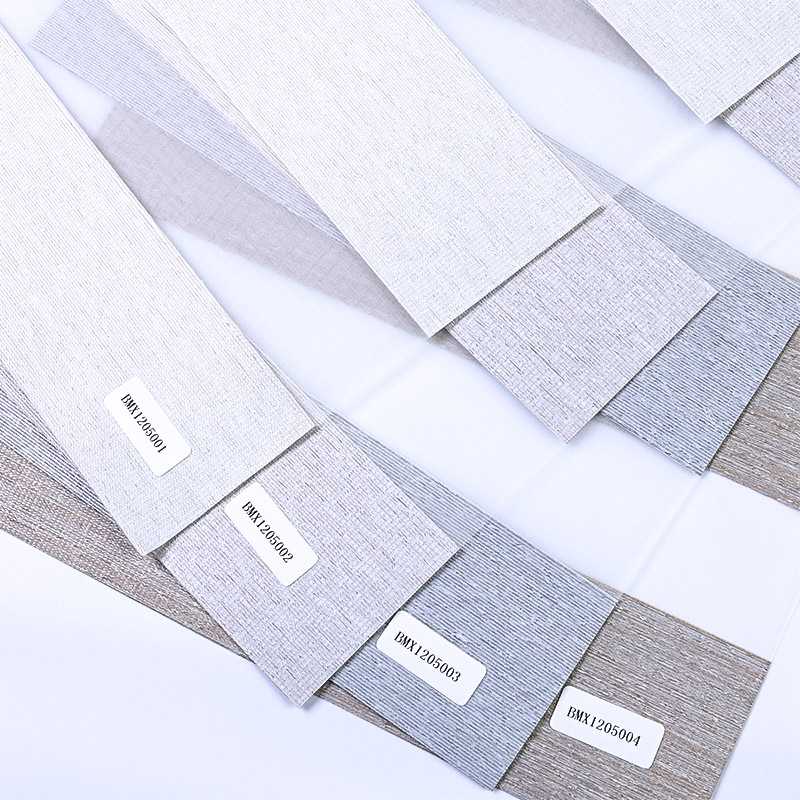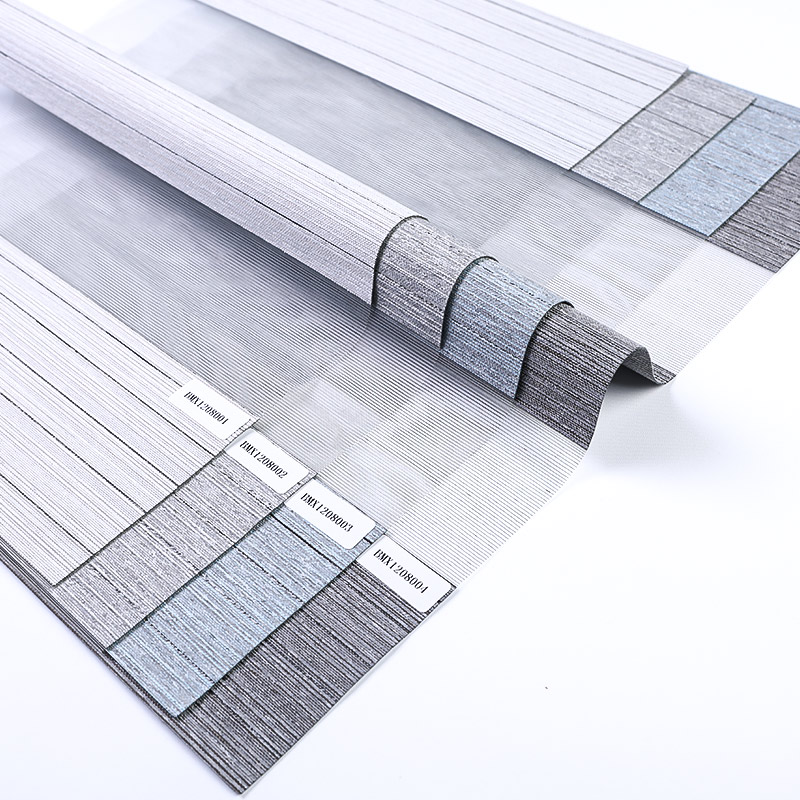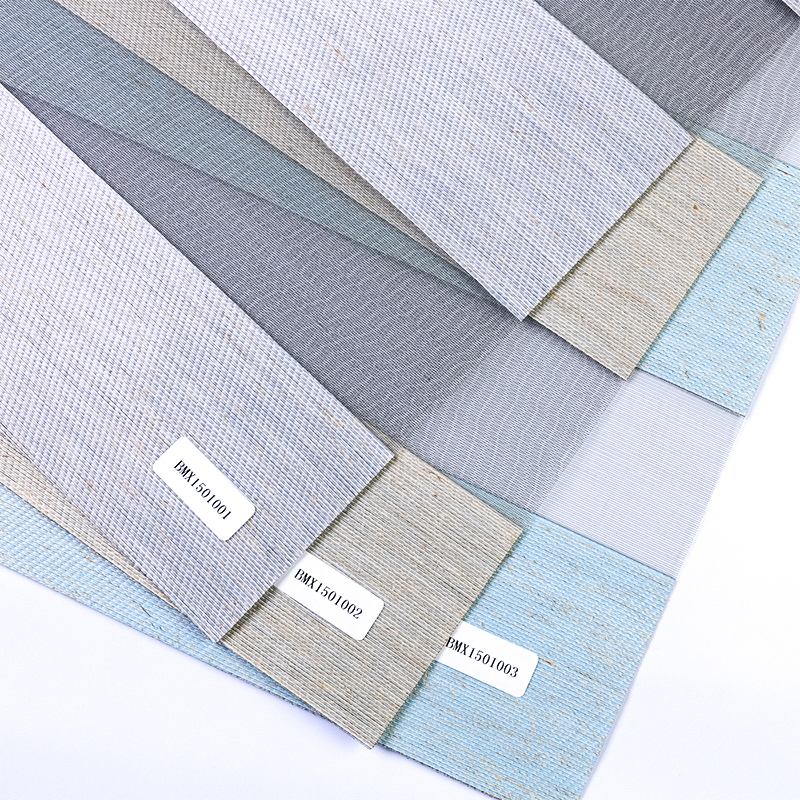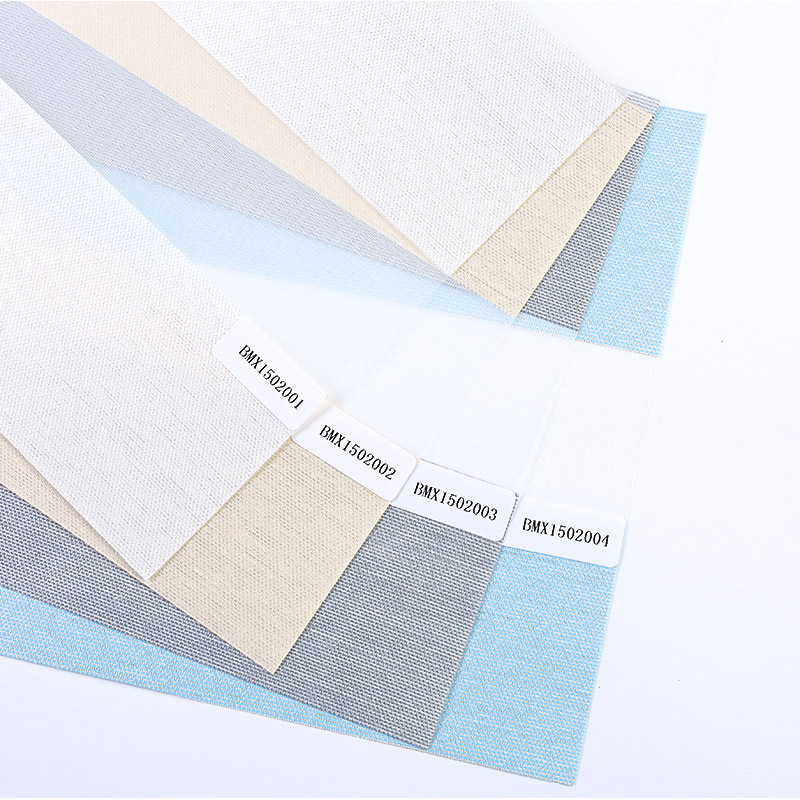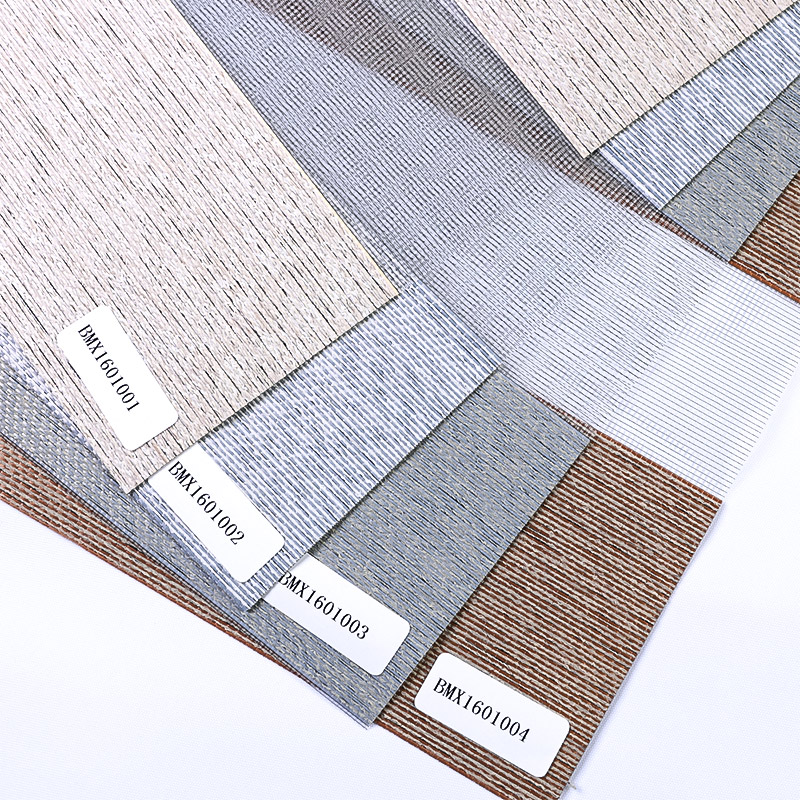When selecting roller blind fabrics for humid environments like bathrooms and kitchens, several important considerations need to be taken into account:
1.Moisture Resistance:
Opt for roller blind fabrics that exhibit inherent moisture resistance properties or have been specifically treated to repel moisture. Fabrics composed of synthetic materials such as vinyl-coated polyester or PVC are excellent choices due to their natural resistance to water absorption. These materials act as a barrier against moisture, preventing the fabric from becoming damp or waterlogged.
2.Mold and Mildew Resistance:
Prioritize fabrics with anti-microbial treatments or natural resistance to mold and mildew. These treatments inhibit the growth of harmful microorganisms in damp environments, ensuring a hygienic and healthy atmosphere. Fabrics treated with specialized agents provide long-term protection against mold and mildew, even in areas with high humidity levels.
3.Ease of Cleaning:
Choose roller blind fabrics that are easy to clean and maintain. Fabrics that can be wiped down with a damp cloth or are machine washable simplify the cleaning process, allowing for quick removal of moisture and preventing the accumulation of mold. Regular cleaning not only preserves the fabric's appearance but also ensures its longevity in humid conditions.
4.Quick Drying:
Opt for fabrics that have quick-drying properties. Fabrics that dry rapidly after exposure to moisture prevent the formation of mold by eliminating the damp environment that facilitates its growth. Lightweight and breathable fabrics promote swift air circulation, aiding in the rapid drying process and maintaining a dry, healthy environment.
5.Synthetic Materials:
Synthetic fabrics like vinyl, PVC, or polyester are highly suitable for humid environments. Vinyl-coated fabrics provide exceptional moisture resistance and are specifically engineered to withstand damp conditions. Polyester fabrics, especially those with waterproof coatings, offer durability and resilience, making them ideal choices for roller blinds in bathrooms and kitchens.
6.UV Resistance:
Consider roller blind fabrics with UV-resistant properties, especially if the blinds are exposed to sunlight in addition to humidity. UV-resistant fabrics are less prone to fading and degradation due to prolonged sun exposure. This feature ensures that the fabric retains its color, texture, and structural integrity over an extended period, even in challenging environmental conditions.
7.Colorfastness:
Verify the fabric's colorfastness, ensuring that the color remains stable and does not bleed or fade when exposed to moisture or cleaning agents. Fabrics with excellent colorfastness maintain their aesthetic appeal, providing a visually pleasing ambiance while enduring the challenges posed by humidity.
8.Proper Ventilation:
Emphasize the importance of proper ventilation in the chosen environment. Adequate ventilation facilitates air circulation, reducing overall humidity levels. Proper airflow contributes significantly to the longevity of roller blind fabrics, preventing excessive exposure to moisture and maintaining their performance characteristics.
9.Consider Roller Blind Style:
Explore roller blind styles designed specifically for humid environments. These specialized blinds often feature moisture-resistant backings or specially engineered fabrics tailored to withstand damp conditions. Investing in roller blinds designed for humid environments ensures optimal performance and longevity, even in challenging settings.
10.Budget Consideration:
Evaluate your budget carefully, considering the long-term benefits of investing in high-quality, moisture-resistant roller blind fabrics. While specialized fabrics may have a slightly higher initial cost, their durability and resilience in humid environments make them cost-effective choices in the long run. Prioritizing quality ensures that the roller blinds maintain their functionality and appearance, providing value for your investment over time.
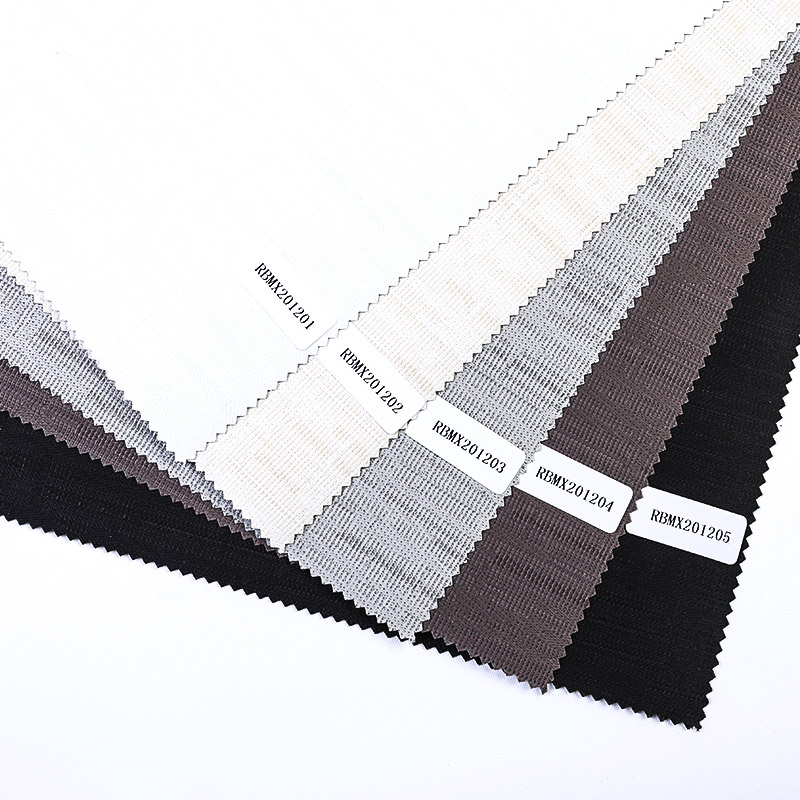

Use window: French Window
Standard: Bead Rope
Opening and closing method: Upper and Lower Biparting Open
Craft: Plain
Installation method: Ceiling Installation, Exterior Installation, Side Installation, built-in
Size: Wide Blade


 EN
EN  英语
英语 中文简体
中文简体